Home > Climate News >
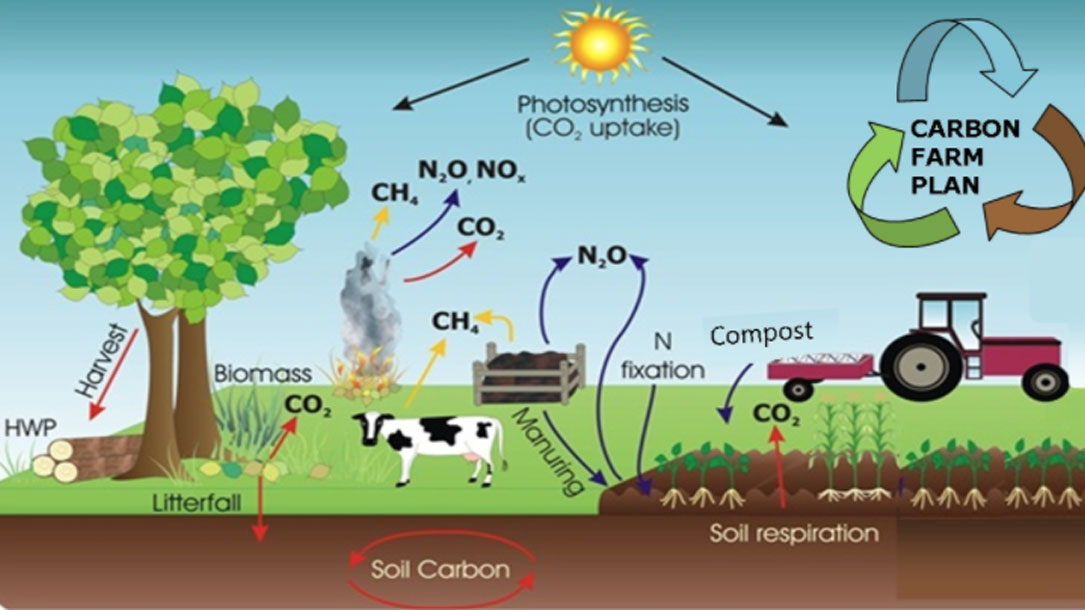
Carbon farming: good for farmers, ranchers, and climate
Marin Agricultural Land Trust is part of a community of scientists, ranchers, agencies and policymakers in and around Marin County, California that is working to develop and advance climate-friendly land use practices, known as carbon farming, that could help make food production part of the climate solution.
Carbon farming is a set of practices that reduce or reverse a farm or ranch’s greenhouse gas emissions. Ranchers and farmers can actually improve their land’s ability to remove carbon from the air—where it contributes to climate change—and instead store it in the soil, where it’s not only harmless but also beneficial to plants.

Five reasons farmers love wind & solar
If we are going to reduce coal, oil, and natural gas — to save thousands of species from extinction and avoid significant agricultural damage and loss due to extreme weather – plus find ways to make family farms viable in a changing climate, we are going to have to rethink how solar and wind are compatible with our conservation and community goals.
Check out five reasons why farmers often embrace wind and solar. Land trusts can help communities understand that the alternative to gearing towards renewables is often going out of business, selling for development, and family economic stress.

Solar for conservation
Gallatin Valley Land Trust is proud to have conserved over 45,000 acres across their region. While protecting land from development and fragmentation is the first step, protecting the ecological integrity of our natural resources is equally as important. This is why they’re proud to announce a partnership with On Site Energy.
What’s the connection between land conservation and solar energy?
Fish need cold, clean water to survive, and rivers need high altitude snow pack to keep them flowing through hot summers. Ranchers and farmers also depend on the availability of that water for irrigation, and wildlife depend on the intricate balance of the changing seasons to maintain viable habitats…

Whitcomb Farm Solar
Dairy prices are dropping through the floor, crop farmers are grappling with extreme weather, and farmer and rancher stress is increasing. For some, renewable energy options can mean the farm or ranch can continue as a working and the family can stay intact.
Established several years ago, in conjunction with a conservation easement in partnership with the Vermont Land Trust, the Whitcomb Farm Solar project is an example of land conservation and renewables working together, to keep the farm intact…
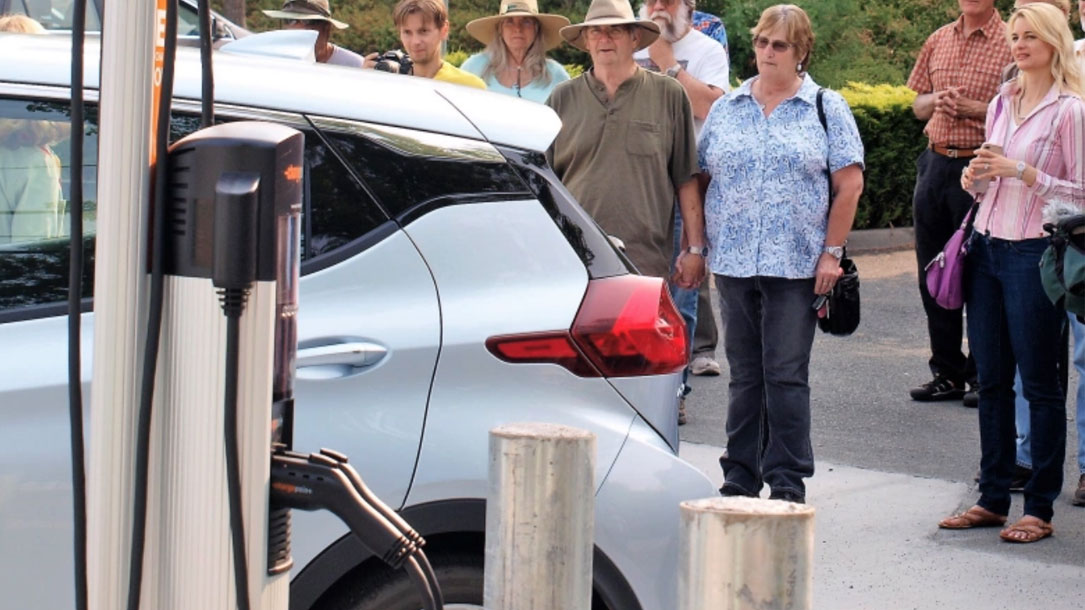
Encouraging electric vehicles
Mendocino Land Trust understands that much of its conservation work—and future conservation success—depends on the U.S. reducing its use of fossil fuels. They are doing their part by increasing the number of charging stations in their region, particularly around parks and community lands…
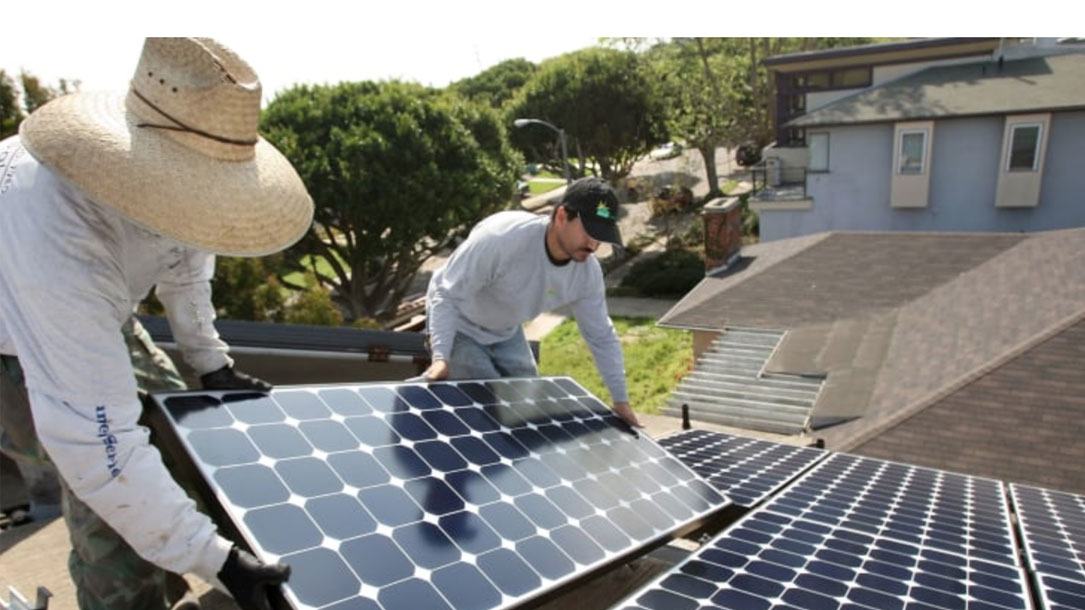
Americans want more clean energy. Here’s what they’re actually willing to do to get it
Americans have long supported the idea of clean power. The question has always been how much effort they’re willing to expend to make a green energy future a reality.
A new survey from global auditing and consulting firm Deloitte suggests the gap between environmental concern and consumer action may be shrinking. The pillars helping to bridge the divide include falling prices for solar power, higher awareness of clean energy options, growing concern about climate change and the inclinations of millennials.

Make Change Happen: “Environmental Voters Project” gets environmentalists, conservationists, to the polls
You may not think of yourself as an environmentalist (and instead connect with the word “conservationist”) but the outside world probably has you tagged that way. That means this information could be for you—and/or your land trust.
The Citizen’s Climate Lobby is a very thoughtful, responsible, and strategic organization. You can join them—or learn from them—regardless of your actions to slow down climate change.
Here’s a case in point: “The good news is that 20.1 million Americans who are registered to vote identify climate change or other environmental issues as one of their top two priorities. These are ‘super-environmentalists,’ as the Environmental Voter Project calls them.
The bad news? ‘Environmentalists are disproportionately awful voters,’ Nathaniel says. Using public voting and polling data, the Environmental Voter Project breaks down the numbers of environmentalists who vote…”

Tips for land trusts to communicate about climate change
The Land Trust Alliance, a national land trust service center, provides tips and examples on how land trusts are stepping up to meet community members where they are and help empower them to take action on climate change.
As land trusts recognize the growing threat of species extinction, rise of invasives, loss of agricultural viability, and serious impacts on health and local economies, many are helping folks connect the dots in a way that matters to them.
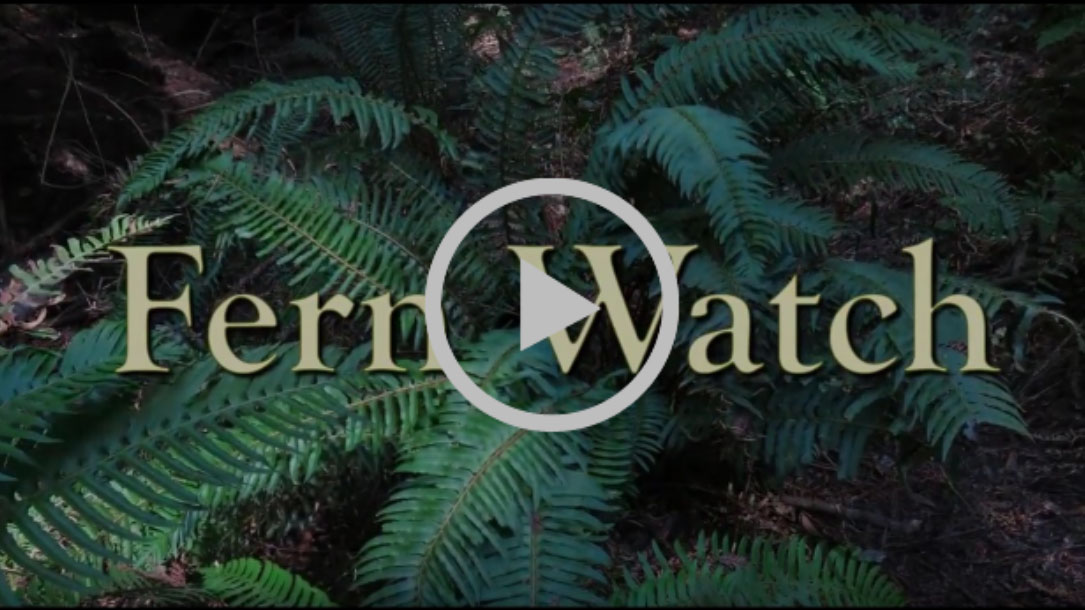
Fern Watch
Help Save the Redwoods League track climate impacts in the coast redwood forest by observing Western sword fern (Polystichum munitum). This fern is common in the world’s tallest forests and responds quickly to increases or decreases in rainfall. You can help us track changes in these ferns in your local forest by joining our Fern Watch project through the free iNaturalist App. With your help we can locate habitat most buffered from climatic extremes and focus our conservation efforts in areas resilient to climate change.
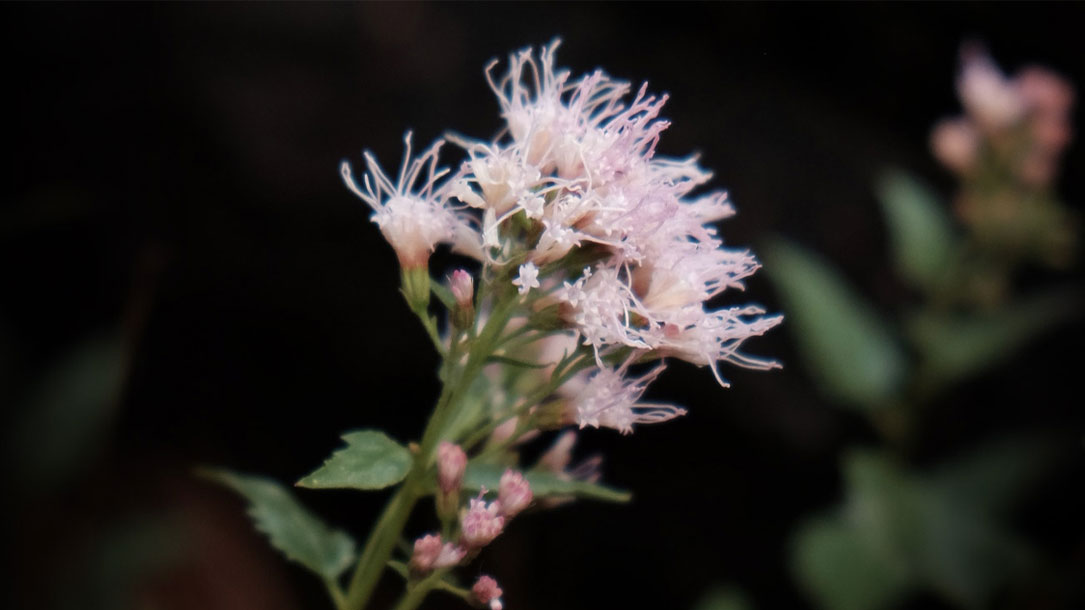
Contribute to Science
Every observation can contribute to biodiversity science, from the rarest butterfly to the most common backyard weed. We share your findings with scientific data repositories like the Global Biodiversity Information Facility to help scientists find and use your data. All you have to do is observe.












